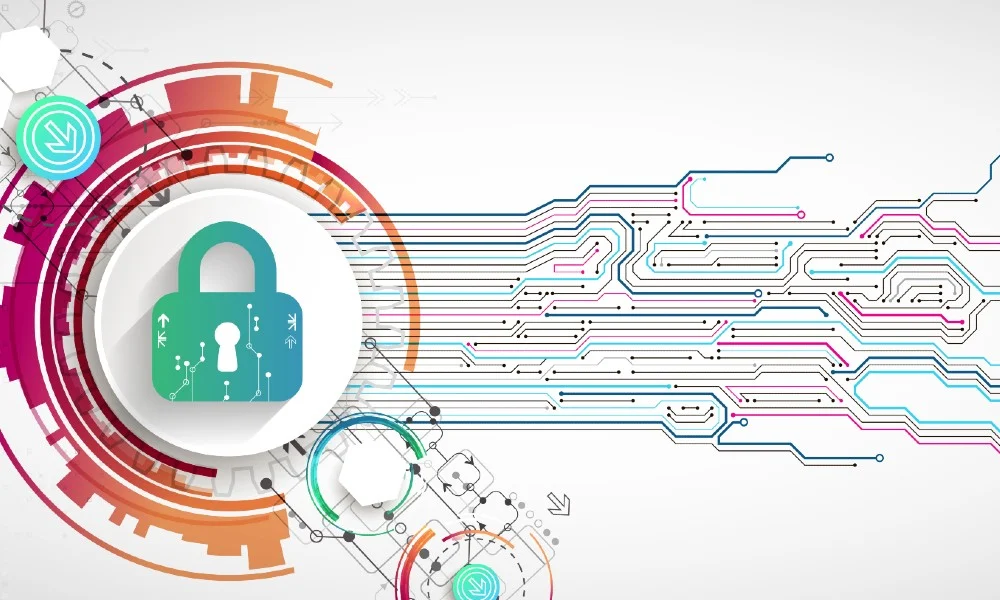Organisations face fresh and challenging cyber security concerns as the impact of digital transformation continues to grow. The attack surface has been widened and new vulnerabilities have been created by the quick uptake of emerging technologies like cloud computing, the Internet of Things (IoT), and artificial intelligence (AI). We will examine the cyber security dangers that are present in the age of digital transformation and discuss mitigation techniques in this post.
The complexity of IT environments has grown, which is one of the major problems in the age of digital transformation. Organisations now rely on networked systems, both internally and externally via the cloud, expanding the attack surface for cyber attacks. Traditional security methods are no longer adequate to thwart sophisticated attacks, therefore businesses must take a complete and proactive approach to cyber security. The speed of technological progress is another difficulty. Cybercriminals swiftly adapt to new technology deployments and find weaknesses to exploit.
Organisations must be flexible and constantly update their cyber security defences to keep up with the continual race between security and threats. In order to promptly identify and reduce potential hazards, it is imperative to invest in advanced threat detection and response technologies.
Another layer of risk is added by the increasing reliance on partners and vendors from outside the organisation. To avoid supply chain threats, businesses must make sure that their partners follow the most up-to-date security guidelines. A secure ecosystem must be maintained through effective vendor management and due diligence procedures.
Security breaches have become more likely as a result of the move towards remote work and the extensive usage of mobile devices. Securing remote endpoints and putting in place robust access controls become crucial because employees can access company resources from different places and gadgets. For sensitive data to be protected, organisations must have strong security measures in place, such as multi-factor authentication, encryption, and secure VPN connections.
Organisations should make cyber security a top priority in their strategic business plans in order to deal with these issues. In order to do this, the organisation’s entire workforce—from senior management on down—must adopt a cyber security culture. To inform personnel about typical dangers, best practices, and the significance of observing security regulations, regular employee training and awareness programmes are crucial.
A defence-in-depth strategy that combines preventive, detective, and response measures should also be used by organisations. Firewalls, intrusion detection and prevention systems, endpoint security, data encryption, security monitoring, and incident response plans are some of the measures that must be put in place. Regular security audits and penetration tests can help find weaknesses and fortify defences.
In conclusion, the age of digital transformation presents a number of cyber security problems that businesses must solve in order to safeguard their digital assets and sensitive information. Businesses may reduce risks and guarantee a secure digital environment by implementing a proactive and all-encompassing cyber security strategy. In order to protect against growing cyber threats, it will be essential to stay current on the threat landscape, make investments in cutting-edge security solutions, and promote a culture that prioritises cyber security.

Leave a Reply